New ZTE VR headset is a Daydream viewer with its own sensor hardware
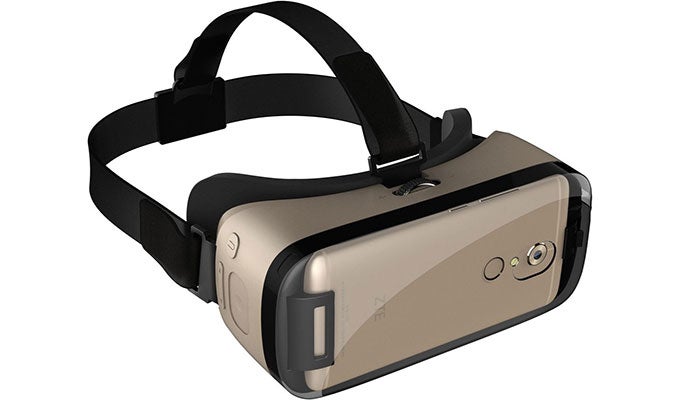
ZTE's latest flagship smartphone has just launched, with the company revealing the 5.5-inch, Snapdragon-820-powered Axon 7 earlier today. With options for up to 6GB of RAM, this looks like one seriously well-equipped smartphone, but this is 2016, and it feels like these days not even the most powerful handset is content to arrive all by itself. We've already seen the LG G5 launch alongside a bevy of “Friends,” and Samsung introduced its flagships with the one-two punch of the GS7 and GS7 edge, joined by accessories like the Gear 360. So it shouldn't be a huge surprise to learn that the ZTE Axon 7 has its own accessory joining it in the spotlight today, the ZTE VR headset.
In the case of the ZTE VR, that means a nine-axis gyroscope, with official latency of just 18 milliseconds (though ZTE says it can push things as low as 16.7 milliseconds, for those of you keeping score). And low-latency input is absolutely crucial to producing an immersive virtual reality experience.
At the moment, we're still waiting for full details on ZTE's release plans for the ZTE VR, and especially what the manufacturer is thinking about in terms of pricing.
source: Android Authority






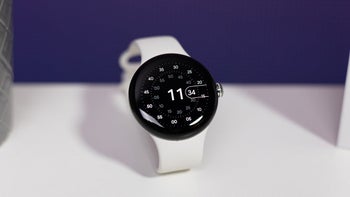
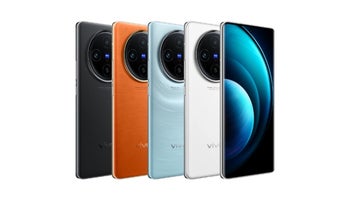

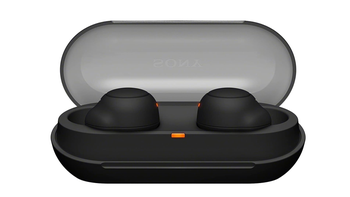

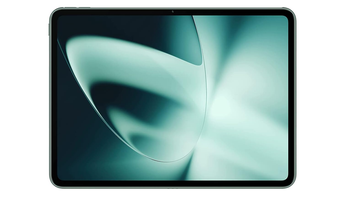
Things that are NOT allowed: